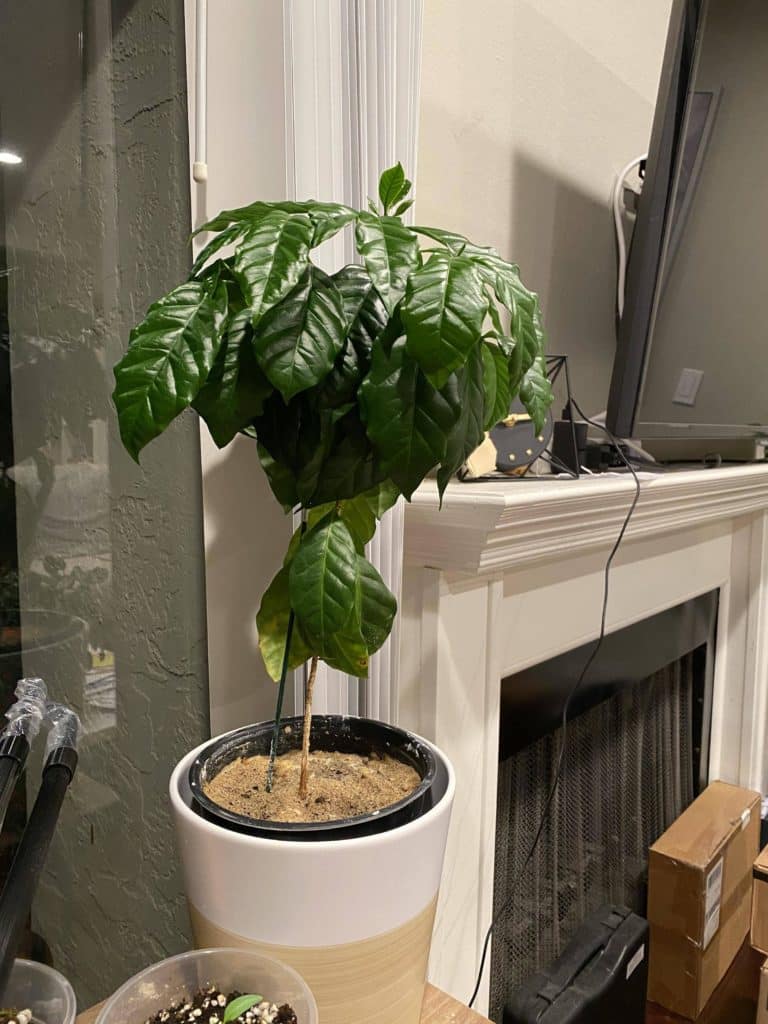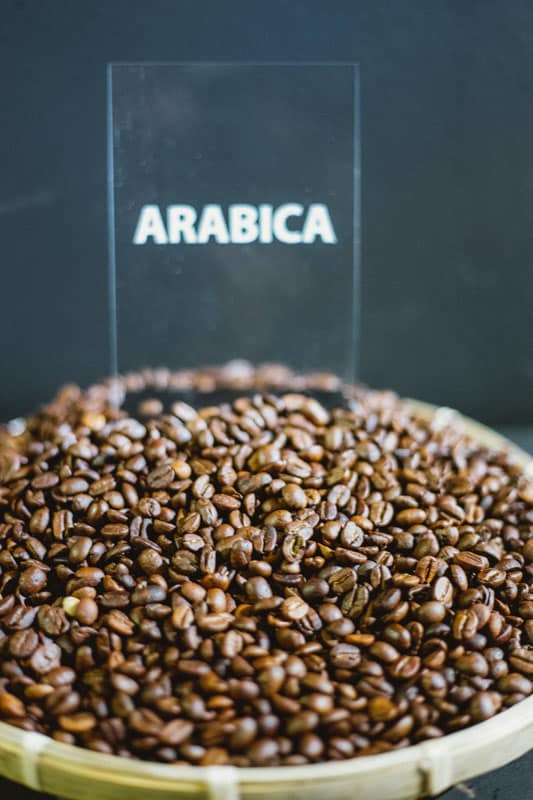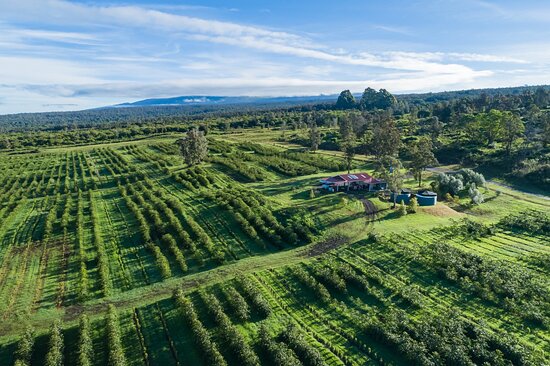
Growing conditions
Coffee is grown in various parts of the world. Its demand often exceeds its supply, making homegrown coffee production a hot commodity. Coffee is grown in countries along “The Coffee Belt” of about 25 degrees latitude north and south, where temperatures are moderate to cool, and the soil is rich in nutrients. But if you live in a climate with less rain and a higher average temperature, you might not be able to grow coffee plants.
Coffee beans grown in the equatorial regions need temperatures between 15 and 24oC. However, coffee beans can be grown in warmer climates as well. In countries with high rainfall, coffee plants need artificial drying. In subtropical regions, patio drying is used. This process involves washing the beans and laying them out to dry in the sun. Unlike Arabica coffee, which thrives in higher altitudes, Robusta is generally grown at lower altitudes.
Coffee trees grow from cherry seeds. They are grown in nurseries located at or near plantations to ensure optimal growing conditions. They will grow for about four years before bearing fruit and require regular fertilization and nurturing to ensure good growth. Many seedlings won’t survive the growing period and will need to be replaced by new ones. That’s why it’s essential to consider coffee plants’ climate and growing conditions before planting them in your garden.
Varieties

There are more than 100 varieties of coffee beans, and while most of them look pretty much the same, there are some key differences that make each sort distinct. For instance, some types are sweet and ripe for milk; others are smoky or woody. The best way to choose the proper coffee is to know the characteristics of the beans you are buying. Knowing what each type is capable of will allow you to make a wise choice and find the perfect blend.
Arabica is the most popular type of coffee bean. It is prized for its sweetness and delicacy. Around 60% of all coffee beans in the world are Arabica. This type of coffee bean grows in temperate climates, with distinct dry and rainy seasons. Plants grow slowly, which means that the flavor and aroma of Arabica coffee are more intense than those of its Robusta cousins. Arabica beans are used in espresso and many other types of coffee.
Altitude
Coffee has a high degree of flavor. The altitude at which a coffee bean is grown can influence the drink’s taste. The higher the size, the more dense the coffee bean, and therefore, the higher the roasting temperature required. Because of this, there is some controversy regarding how elevation affects the flavor of the coffee. There is, however, increasing research supporting this theory. Read on to learn about the differences between different coffee beans and the influence of elevation on the taste.
High-altitude coffee is usually more flavorful since the coffee beans grow slower. Higher-altitude coffees have fewer water molecules, which means their flavor is more complex. In addition, coffee grown at high altitudes has more complex sugars. Likewise, coffee grown at low altitudes tends to be less flavorful. Because the lower-altitude coffee beans are often milder and have less water content, their flavor is diluted.
Depending on the country of origin, coffee can be classified by altitude. According to elevation in Guatemala, there are eight classifications of coffee beans. Lower-altitude coffees are smaller and less dense than high-altitude coffees. Additionally, lower-altitude coffees have less flavor, whereas higher-altitude coffees have more intense floral, bright fruit, and lively flavor profiles. High-altitude coffees also have greater difficulty access, higher maintenance costs, and fewer yield per tree.
Water
As 98% of coffee is water, you might be surprised to learn that water plays a crucial role in coffee production. In addition to its essential vital role in growing and processing coffee, water plays a critical role in developing the flavor of coffee seeds. So if you want to understand the process better, travel to the region where coffee beans grow. There are many places to see, from the farm to the cup. Water is the source of coffee’s unique flavor, so learning where coffee beans grow can help you understand this ancient plant.
Despite its popularity, coffee cultivation is becoming increasingly sustainable. Rainforest Alliance and Nestle have recently undertaken a pilot project to test coffee plantation methods on an environmentally-friendly basis. This is an excellent model for other coffee companies that wish to grow coffee responsibly and sustainably. If it’s a success, this method could be adopted worldwide. Coffee cultivation requires millions of liters of water per hectare, so it’s essential to consider the water needs of different regions when planning your garden.
High levels of coffee production can cause significant contamination of the local drinking water because coffee is grown at high altitudes—anything used for coffee production filters back into rivers and streams downstream. Soil erosion and nutrient-rich water can leach pollutants into the groundwater and make it unsafe for humans to drink. Water usage can be improved with technologies that reduce water use and improve wastewater treatment. The new methods of coffee processing could be a solution to this global problem.
Shade
To maximize crop yields, farmers are turning to sun coffee systems. These systems use acres of cleared land to grow coffee, which has negative consequences for the environment. In Latin America alone, deforestation has threatened 85 species of birds. Birds rely on trees for food and shelter, so losing them would endanger their migration. Besides, coffee trees help prevent the soil from becoming too acidic. Shaded coffee fields can also benefit farmers by improving the quality of their crops.
In shaded gardens, coffee plants are allowed to grow naturally. Their size is small compared to those in the sun so that they can nestle under more giant trees. This natural environment allows a diverse community of plants and animals to thrive and prevents weeds from emerging. The trees help in fertilizing the plants, and the leaves of the shaded trees provide the nutrients necessary for a healthy coffee. Shaded coffee is more expensive to grow, but it yields better coffee than sun-grown varieties.
In addition to shade-grown coffee, Equal Exchange also sources coffee grown in areas transitioning from deforested to forested areas. In such cases, coffee is raised as one of the primary crops in agroforestry systems. This way, coffee is both beneficial to people and the environment. Further, shade-grown coffees are also more sustainable. In this way, farmers can protect their native habitat and enjoy the benefits of their coffee.
Soil
The soil where coffee beans grow is vital to the crop’s success. While the ideal grounds are red volcanic earth and deep sandy loam, many other types of soils can support coffee cultivation. Regardless of the soil type, it’s essential to remember that coffee trees need a well-drained and oxygen-rich environment. Dirt that is too heavy or sandy can damage the roots and deteriorate the plant’s quality. Some of the world’s best coffees are grown on the slopes of volcanoes.
Coffee plants need well-drained, fertile soil that doesn’t retain water. Although they aren’t acidic, coffee plants will not flower unless they receive enough acidic soil. This type of soil can be enriched with organic matter such as peat moss. Soil pH should be in the range of six to seven, depending on the species. If you don’t know the pH of your soil, you can purchase a soil testing kit.
Coffee production depends on the type of soil. Not all farmers have the freedom to choose the location of their plants, but many of them do have land in an area that’s well-known for coffee cultivation. The type of soil can affect yields, quality, and metabolism. Ideal soil conditions include red volcanic earth, deep sandy loam, and deep, rocky soil. Conversely, poor soil conditions can be detrimental to the plant’s health and yield.




